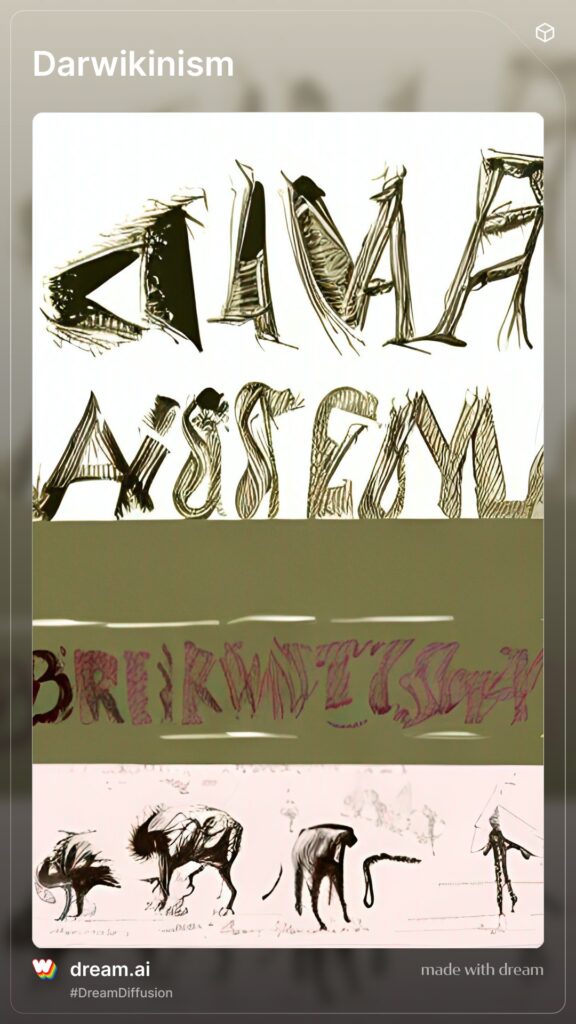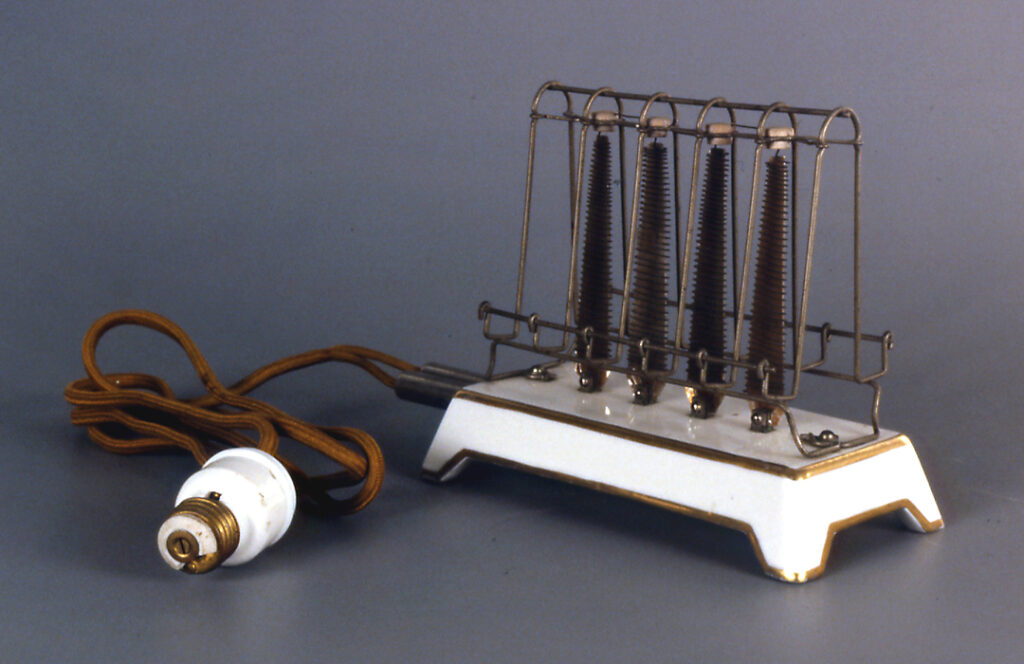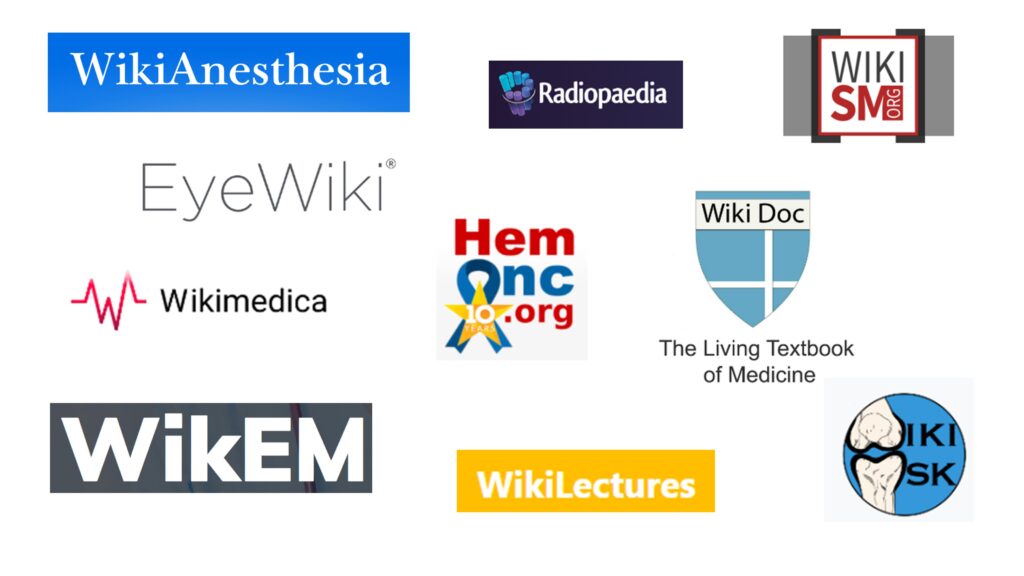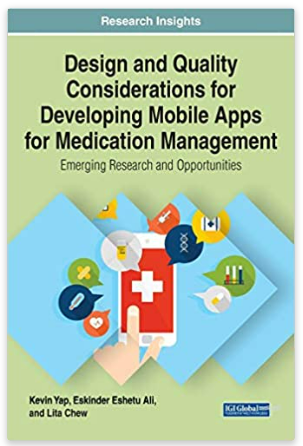The Online Toaster Hoax
This morning, while driving to work, I was intrigued to hear a report by the BBC about how a hoax post about the inventor of the electric toaster in Wikipedia managed to fool the public for more than a decade! The British prankster, who managed to fool teachers, officials and even the newspapers, from February 2013 to July 2022, was finally discovered and flagged up by a 15-year-old teenager in Kent.
The Wikipedia article for “Alan MacMasters”, which has since been removed, described the “inventor” of the toaster as a Scottish scientist who studied at the University of Edinburgh and lived from 1865 to 1927. According to the post “Wikipedia’s Credibility Is Toast” on Wikipediocracy, a website where critics discuss and critique about Wikipedia, the post showed a terribly photoshopped image of the “inventor” that intentionally looked fake, yet the post managed to survive for nearly a decade. In fact, the Bank of England had previously shortlisted the “inventor”, out of ~200,000 nominations, to be on the new GBP$50 note! Furthermore, one of the famous chefs in the Great British Menu (the BBC cookery show) even created an elaborate dessert dedicated in the honor of the “inventor”.

So the immediate question is, “Is there really an Alan MacMasters?”
Well, there is… But he is actually a 30-year-old aerospace engineer in London. Interestingly, the Wikipedia article for the inventor had citations, but it’s a result of citogenesis (or circular citing), in which a piece of information seems to have separate independent citations, but actually comes from only one source. Unfortunately, citogenesis in Wikipedia is difficult to detect, but a list of hoaxes on Wikipedia has been documented.
The next question is also rather obvious: “So who is the inventor of the toaster?”
According to multiple sources, the first patent for a commercially available toaster (called the D-12) was by Frank Shailor in 1909, who submitted on behalf of the General Electric company in the US. Then, in 1919, Charles Strite, a factory worker, designed and patented the first pop-up toaster after he got tired of the burnt toast in his company’s cafeteria.
While the original article for “Alan MacMasters” has been removed, there are still many internet sources that are still referencing this “great inventor”, through a quick search on Google. Some examples that I found were:
- Hill A. The Toaster (Alan MacMasters). Prezi presentation. (9 Apr 2018)
- John. Alan MacMasters wiki, biography, age, facts, family, wife, net worth, height, weight. Latest in Bollywood. (19 Nov 2022)
- Electric toaster. Made Up In Britain. (1 Dec 2020)
- SocialTechTV. Alan MacMasters | First electric toaster | #studio64podcasts | #socialtechpioneers. YouTube video. (7 May 2021)
- Bada O. Inventions of the world – Who invented the toaster? World Atlas. (23 May 2018)
You can hear about this intriguing story from the BBC’s podcast.
So as a healthcare professional, digital health practitioner and an educator, my trust in Wikipedia is wavering. Should I trust Wikipedia for health-related information? What if patients quote a Wikipedia article for their therapies/treatment – do I immediately debunk them by telling them not to trust what they find in Wikipedia? Do I teach the newer generations of students not to believe in Wikipedia, when I know that this online encyclopedia is here to stay? What about digital health practitioners who are non-healthcare professionals – will they be able to see the major consequences of misinformation in healthcare?
The key question here is whether healthcare professionals use Wikipedia for health-related information?
Do Healthcare Professionals Use Wikipedia for Health Information?
According to the IMS Institute of Healthcare Informatics report in 2014, Wikipedia is not only a popular resource for patients, but also for doctors and other healthcare professionals. In fact, The Atlantic reported that 50% of physicians used Wikipedia as their reference source on medical conditions. Some even edited the articles themselves to improve the quality of information in the online encyclopedia. This is despite the general attitude of wariness among clinicians regarding the quality of the content in Wikipedia. In 2005, a landmark study published in Nature found that the number of errors in science-related articles in Wikipedia was comparable to Encyclopedia Britannica, which created a paradigm-shift on the credibility of Wikipedia articles regarding science- and health-related information. Since then, much effort has been contributed by the medical community to determine and improve the quality of health-related (e.g. pain management, nephrology, trauma care, cancer), medicine-related and even public health-related articles on Wikipedia, including from medical students and pharmacy students, among others. The WikiProject Medicine was set up in 2012 specifically to promote the development and distribution of good quality health-related content in Wikipedia. Furthermore, many medical wikis have also sprung up in response to the need to provide freely accessible medical content for various specialties. Examples include:
- Clinfowiki – Wiki on biomedical informatics, maintained by the Department of Medical Informatics and Clinical Epidemiology and Oregon Health and Science University
- EyeWiki – Wiki on eye diseases, their management and treatment, supported by the American Academy of Opthalmology
- HemOnc.org – Wiki that provides information about chemotherapy regimens and hematology/oncology medications
- Radiopaedia – Radiology Wiki educational resource
- WikiAnesthesia – Wiki repository of anesthesia content
- WikiDoc – Medical wiki encyclopedia catered towards medical professionals
- WikEM – Wiki for emergency medicine
- WikiLectures – Wiki focused on medical study materials, part of project MEFANET, a network of medical schools in the Czech Republic and Slovakia
- Wikimedica – General evidence-based medical wiki for healthcare professionals in French
- WikiMSK – Wiki on musculoskeletal medicine, affiliated with the New Zealand College of Musculoskeletal Medicine
- WikiSM – Wiki for sports medicine
The Evolving Quality of Health Content in Wikipedia
Since the dawn of COVID-19, there has been a global rise and much attention focused on the spread of misinformation about the pandemic – a phenomenon that the World Health Organization termed as an “infodemic“. During the initial stages of the pandemic, there were many mobile app developers who tried to spread misinformation by creating fake apps and ransomware apps. In addition, social media platforms also fell prey to the infodemic due to their potential for massive audience reach, which was enhanced during the periods of lockdown when people were restricted to their homes. For example, video-sharing platforms like YouTube, Facebook Watch and TikTok attracted billions of active monthly users in October 2020, but a quality evaluation study on COVID-19 vaccine videos conducted on these platforms in March 2021 showed that most videos did not provide full details about the COVID-19 vaccines during this critical period of the pandemic. Another study that evaluated the quality of COVID-19 information also reported differing qualities in terms of the information provided by digital voice assistants (e.g. Google Assistant, Google Home, Siri, Alexa, Bixby, Cortana). Fortunately, the major companies and organizations, such as the World Health Organization, Google, Apple and WhatsApp, have since ramped up their efforts to combat this spread of misinformation.
The same can be said for Wikipedia. In 2019-2020, Wikipedia was the 7th and 8th most frequently accessed site in the US and Canada respectively. In fact, the average number of unique visits per month for Wikipedia in October 2022 was over 835 million globally. Criticisms exist regarding the quality of information in Wikipedia, its readability and coverage, as well as the potential for article vandalism. However, since its inception, much efforts have gone into ensuring that its public editing process is robust – a phenomenon known as “Darwikinism” – which describes the analogy of Wikipedia articles evolving following Darwin’s Theory of Evolution, where the “fittest” content/information “survives”. For example, research has been done to ensure that Wikipedia references are reliable, as well as using technological approaches to detect Wikipedia vandalism. Furthermore, quality assessment studies have also compared Wikipedia’s medical to various sources, such as medical websites, clinical resources and medical textbooks. In general, the medical articles in Wikipedia tend to have errors of omission and low readability, despite the content being relatively high quality and well-referenced. It is worthwhile to note that the errors of omission are usually not due to vandalism or underqualified Wikipedians editing the articles, but rather, the medical Wikipedian community is relatively small and hence the topics tend to be unevenly covered.

Determining Quality of Health-related Information
There are many assessment tools for determining the quality of health-related information on the internet. OpenMD provides a good summary of the available quality assessment tools and health information quality seals (though some of these tools/seals have been defunct in recent years). While some tools are relatively simple to use by the layperson (e.g. JAMA Benchmarks, CRAAP, CRAP, DARTS, FA4CT), others may be more comprehensive and time-consuming (e.g. SAndvik’s General Quality Criteria, DISCERN, QUEST). Nonetheless, it is important to use the assessment tool(s) that is most comfortable and fit for purpose for your own needs.
In addition, when designing and developing digital health and/or mobile health applications that provide health-related and/or drug-related information, following the Pharmacocybernetic Maxims is always useful:
| Design Principle in the Pharmacocybernetic Maxims | Explanation of Principle |
| Quality of information | – Content should be accurate. – There should be appropriate evidence-based resources. |
| Quantity of information | – Adequate information should be provided so that the likelihood of medical- and/or medication-related problems is minimized. |
| Relation to target audiences | – Content should be relevant to what the target audience needs to know. – Content should clarify doubts instead of making the target audience more confused. |
| Manner of data presentation | – Content should be conveyed clearly and avoids ambiguity and misinterpretation. |
For healthcare professionals, digital health practitioners, app designers and developers who are interested in knowing how to design good quality mobile health (mHealth) apps, we have written a comprehensive book on the types of quality considerations that apply when developing such apps. The range of topics cover the whole development and evaluation process, from identifying the healthcare problem, all the way to evaluating and implementing the application in clinical practices. More details can be found here.
Conclusion
Wikipedia is here to stay. With the generations of healthcare professionals transitioning towards the digital natives, Wikipedia will soon become a common resource among all stakeholders in healthcare sectors. As a clinician educator and a Wikipedian myself, my opinion is that we should not just debunk the information in Wikipedia in front of patients and students, but provide careful guidance on how to distinguish good quality Wikipedia articles, as well as supplement the content in the articles with other relevant evidence-based resources, so that we can help them understand and embrace the digital health era. The key is that the medical and healthcare professional community must work collaboratively to ensure that the health-related content in Wikipedia and other medical wikis are accurate, reliable and comprehensive enough to help in healthcare education and practices, yet not compromise patient safety.



